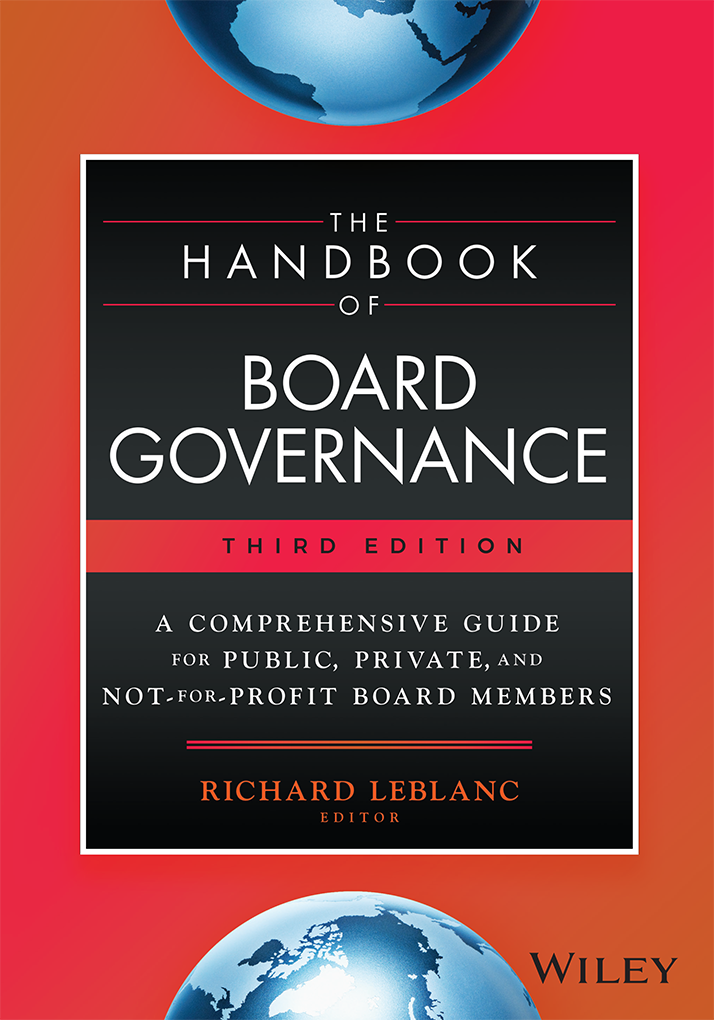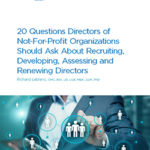This week, it was revealed that Messrs. Michael Harris, Louis Lataif and Donald Resnick, former members of a Special Committee whose role was to assess a related-party transaction involving control person Frank Stronach, all received overwhelming “withhold” votes compared to “for” votes cast by shareholders (62% “withhold” votes vs. 38% “for” for each).
This is a clear message by Magna shareholders that these individuals lack support and a mandate.
More importantly, this is a teachable moment for reforming Canadian corporate governance practices, particularly in respect of controlling shareholders and related party transactions. Many Canadian companies have “dual share” structures whereby a person(s) can control appointments to a board of directors –even with a minority of the total equity– and engage in transactions between themselves and the corporation (otherwise known as a “related-party” transaction, or transactions with insiders). These transactions, and the directors who oversee them, should be subject to greater scrutiny in my view.
Here are some proposals for reform:
Majority Voting: To begin with, each director of each board each year should receive a majority of votes cast by shareholders, plain and simple. If they do not, they should be required to resign, with shareholders nominating a replacement director who has majority support. “Withhold” votes should be changed to “Against” votes and the system simplified. All director votes should be disclosed and the system transparent.
Director Independence: Director independence should be changed from what the board believes to be the case (as it is now), to a more objective standard. In Magna’s case, Mr. Harris received $749,710 in total compensation in 2010. This is anomalous for a non-executive director position in my view. Irrespective of Mr. Harris, it is reasonable for a quantum this large for part-time work to receive scrutiny in terms of potential impact (or not) on the independence of that director. Mr. Resnick, a second person on the special committee, has been on the Magna board since 1982. This length of service is also anomalous. It is equally reasonable for this length of director service to be subject to objective scrutiny. A “9 year” independence limit is now law in the UK, whereby directors exceeding nine years service are presumed to no longer be independent. These are just two examples of how implementing a reasonable person standard for director independence could call into question the independence of incumbent or prospective directors. Other examples include director interlocks, personal associations and affiliations with firms who supply services to the company.
Minority vs. Controlling Shareholders: Next, directors representing minority shareholders who are independent of both management and the controlling shareholder should be placed on boards with a controlling shareholder. This brings greater objectivity and independence and oversight of potential conflicts of interest such as related party transactions. These directors should be elected directly by minority shareholders. The controlling shareholder should have no undue influence on this election.
Special Committees: The rules for special committees also need to change, particularly in overseeing insider transactions. Above a certain monetary threshold, for example, boards should be required to appoint an independent expert to provide an impartial opinion on the terms and conditions of the transaction and its impact on minority shareholders. Special committees should be composed only of directors who affirmatively declare they are independent (objective standard), directly or indirectly, of all parties and matters being discussed and considered. Interested parties should have no influence whatsoever. Terms of reference for the special committee should be disclosed and records maintained. Previous advisors to the company should be prohibited from advising the special committee. These reforms would go a long way to tightening up the role of special committees in overseeing potential conflicts of interest with company insiders.
Voting on the Transaction: Significant insider transactions above should require approval at a general meeting. Minority shareholders should be given a chance to oppose the resolution approving the transaction. Controlling shareholders should be precluded from voting on the transaction as they are self-interested in it.
Will the above reforms be implemented? They should. Unlike the US, Canada has been struggling with enormous powers of controlling shareholders since the inception of corporate governance guidelines some 20 years ago. Given our ownership patterns of companies –and ability of persons, families or even foreign corporations to exert control over companies, and potentially extract benefits– it is high time these above issues are resolved.












